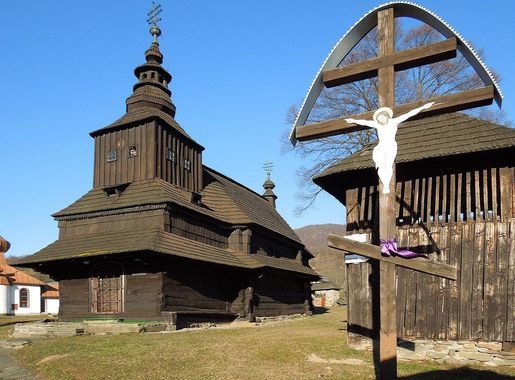
Discover the Wild Beauty of Poloniny National Park
Explore Poloniny National Park: Slovakia's untouched wilderness with ancient beech forests, rich biodiversity, and cultural heritage in the heart of the Carpathians.
Poloniny National Park, located in the northeastern corner of Slovakia, is a hidden gem for nature lovers and adventurers alike. This park is part of the Carpathian Mountains and offers a unique blend of untouched wilderness, rich biodiversity, and cultural heritage. The park is home to ancient beech forests that are UNESCO World Heritage sites, providing a haven for rare flora and fauna. Visitors can explore the park through numerous hiking and biking trails, which offer stunning views of rolling hills, dense forests, and serene meadows. The park is also a paradise for bird watchers, with over 200 bird species recorded here, including the majestic golden eagle and the elusive Ural owl. For those seeking a more immersive experience, there are opportunities for camping, star gazing, and even guided tours to learn about the local wildlife and conservation efforts. Apart from its natural beauty, Poloniny National Park is steeped in cultural history. The area is dotted with traditional wooden churches and small villages where you can experience the local way of life. The park also shares borders with Poland and Ukraine, making it a unique cross-border destination that offers a mix of Slovak, Polish, and Ukrainian influences. Whether you're an avid hiker, a wildlife enthusiast, or a history buff, Poloniny National Park promises an unforgettable experience.
Local tips in Poloniny National Park
- Bring insect repellent, as mosquitoes can be quite active, especially in summer.
- Wear sturdy hiking boots, as some trails can be rugged and uneven.
- Carry a map or GPS device; mobile signal can be weak in remote areas.
- Visit the park's information center for guided tour options and trail maps.
- Respect wildlife and maintain a safe distance from animals.
Discover the Wild Beauty of Poloniny National Park
Poloniny National Park, located in the northeastern corner of Slovakia, is a hidden gem for nature lovers and adventurers alike. This park is part of the Carpathian Mountains and offers a unique blend of untouched wilderness, rich biodiversity, and cultural heritage. The park is home to ancient beech forests that are UNESCO World Heritage sites, providing a haven for rare flora and fauna. Visitors can explore the park through numerous hiking and biking trails, which offer stunning views of rolling hills, dense forests, and serene meadows. The park is also a paradise for bird watchers, with over 200 bird species recorded here, including the majestic golden eagle and the elusive Ural owl. For those seeking a more immersive experience, there are opportunities for camping, star gazing, and even guided tours to learn about the local wildlife and conservation efforts. Apart from its natural beauty, Poloniny National Park is steeped in cultural history. The area is dotted with traditional wooden churches and small villages where you can experience the local way of life. The park also shares borders with Poland and Ukraine, making it a unique cross-border destination that offers a mix of Slovak, Polish, and Ukrainian influences. Whether you're an avid hiker, a wildlife enthusiast, or a history buff, Poloniny National Park promises an unforgettable experience.
When is the best time to go to Poloniny National Park?
Iconic landmarks you can’t miss
Low Tatras National Park
Experience the breathtaking beauty of Low Tatras National Park, a natural paradise in Slovakia perfect for hiking, skiing, and wildlife watching.
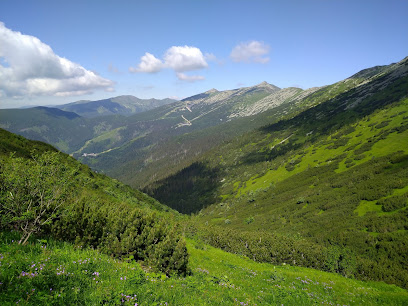
Slovak Paradise National Park
Explore the breathtaking beauty of Slovak Paradise National Park, featuring stunning trails, waterfalls, and diverse wildlife for an unforgettable adventure.
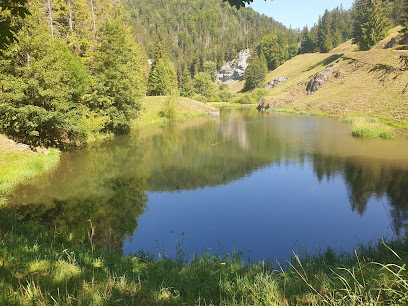
Pieniny National Park
Explore the natural beauty of Pieniny National Park, a haven for adventurers, nature lovers, and those seeking tranquility in Slovakia's stunning landscapes.
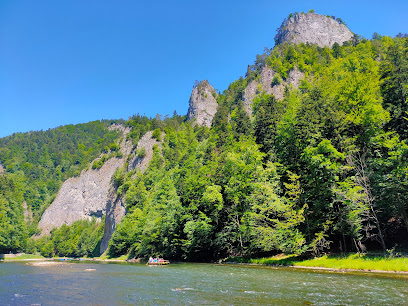
Slovak Karst
Explore the enchanting Slovak Karst National Park, a UNESCO World Heritage site filled with stunning caves, rich biodiversity, and breathtaking landscapes.
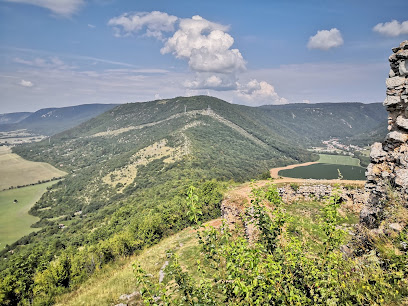
waterfall Bystré
Discover the enchanting Bystré Waterfall, a natural treasure in Hriňová, Slovakia, surrounded by lush landscapes and serene beauty, perfect for nature lovers.
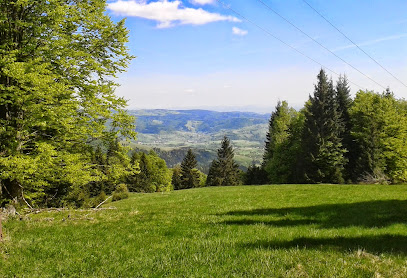
Tatra National Park
Discover the stunning beauty and diverse landscapes of Tatra National Park, a premier destination for nature lovers and adventurers in Slovakia.
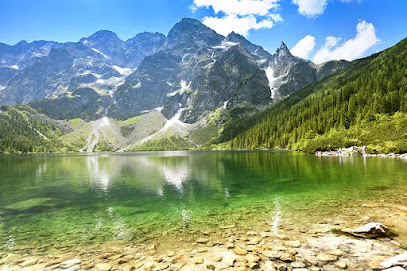
Poloniny Dark-Sky Park
Discover the enchanting beauty of Poloniny Dark-Sky Park, where pristine night skies and rich biodiversity await every visitor.
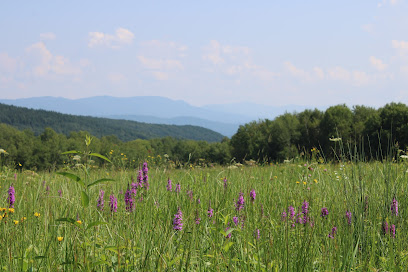
Prales Stužica
Explore the serene beauty of Prales Stužeica, a pristine nature preserve in Nová Sedlica, where tranquility and biodiversity await every visitor.
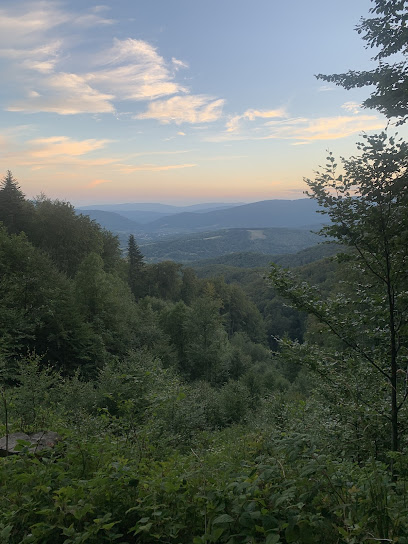
Rožok
Experience the enchanting beauty of Rožok Nature Preserve in Ulićské Krivé, a serene escape into Slovakia's stunning natural landscapes.
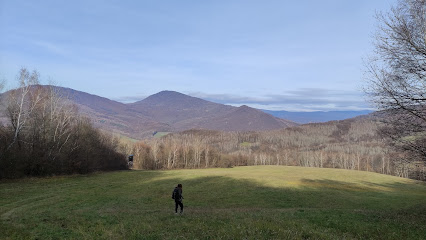
Správa Národného parku Poloniny
Explore the breathtaking beauty and rich biodiversity of Správa Národného parku Poloniny, a haven for nature lovers in Slovakia.
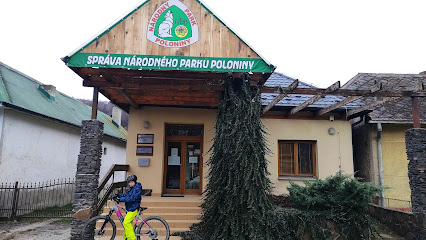
Unmissable attractions to see
Wodospad Ostrowskich
Explore Wodospad Ostrowskich, a stunning waterfall in Wetlina, Poland, perfect for nature lovers and outdoor adventurers seeking tranquility.
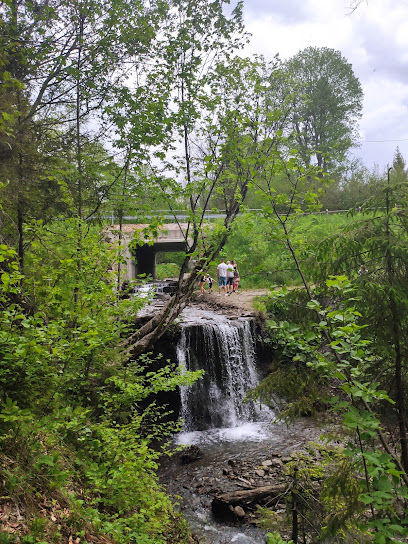
Osadzki Wierch
Experience the breathtaking beauty of Osadzki Wierch in Poland's Bieszczady Mountains - a natural wonder for every adventurer's itinerary.
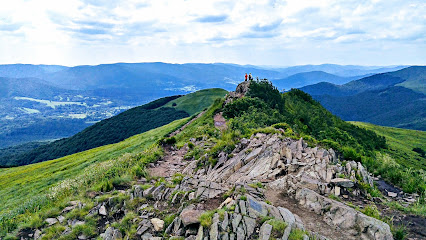
Połonina Wetlińska
Experience the breathtaking landscapes and rich biodiversity at Połonina Wetlińska, a must-visit destination in the Bieszczady Mountains of Poland.
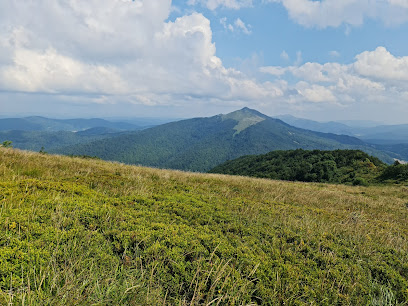
Sninský kameň
Explore the breathtaking natural beauty of Sninský Kameň, a stunning rock formation and a top tourist attraction in Slovakia.
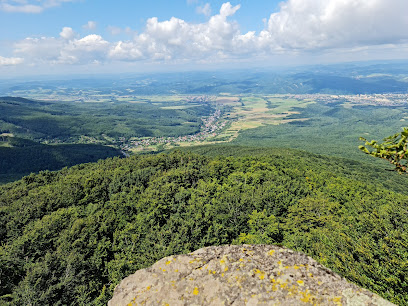
Vyhliadková Veža Starina
Experience breathtaking views and serene nature at Vyhliadková Veža Starina, a must-visit observation tower in the heart of Poloniny National Park.
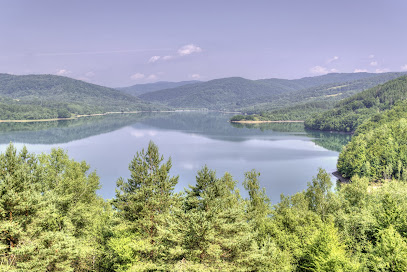
Gazdoráň
Discover the serene landscapes and rich biodiversity of Gazdoráň, a nature preserve in Stakčín, Slovakia, perfect for outdoor adventures.
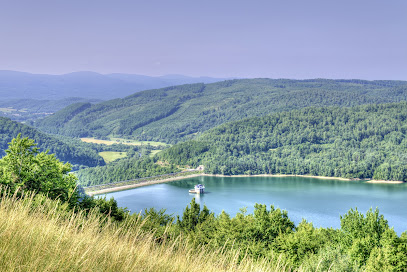
Náučný chodník Morské oko – Sninský kameň – Sninské rybníky
Discover the breathtaking landscapes and tranquil lakes of Morské Oko – a hidden gem in Slovakia, perfect for nature lovers and outdoor enthusiasts.
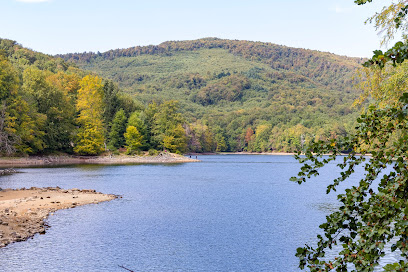
Beskydský Panteon
Explore the enchanting Beskydský Panteon in Slovakia, a stunning blend of natural beauty and rich cultural heritage waiting to be discovered.
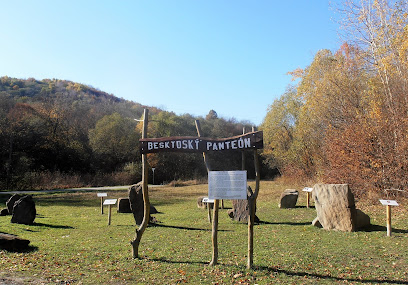
Bývalá obec Ruské
Unveiling the breathtaking hiking trails and natural beauty of Ruské, a hidden gem in Stakčín, Slovakia, perfect for outdoor enthusiasts.
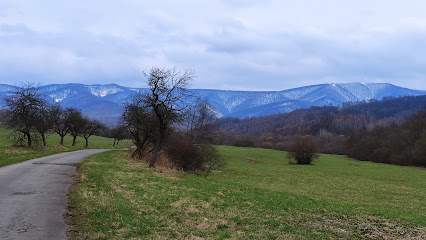
Náučný chodník Pod tmavou oblohou
Discover the natural beauty and stargazing wonders of Návštevný Chodník Pod Tmavou Oblohou in Nová Sedlica, a must-visit for nature lovers.

Medová baba
Experience the natural beauty and captivating folklore of Medová Baba, a must-visit tourist attraction in Zboj, Slovakia.
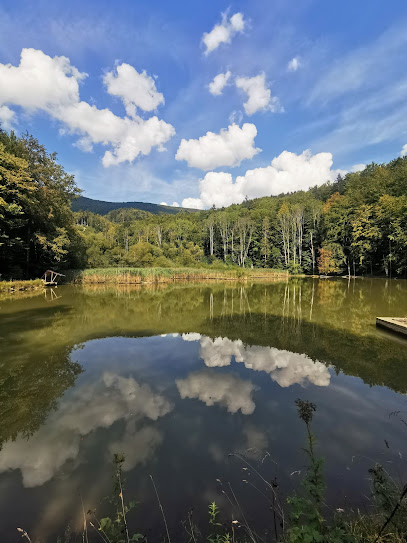
Najvychodnejsia autobusova zastavka
Explore the unique charm of the Easternmost Bus Stop in Nová Sedlica, Slovakia – a must-visit for adventure seekers and culture enthusiasts.
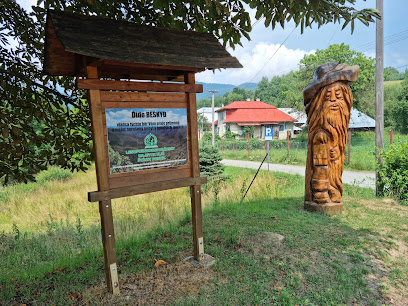
Sedlo pod Ďurkovcom
Explore the natural beauty of Sedlo pod Ďurkovcom, a hiking paradise in Runina, Poland, perfect for adventure seekers and nature lovers.
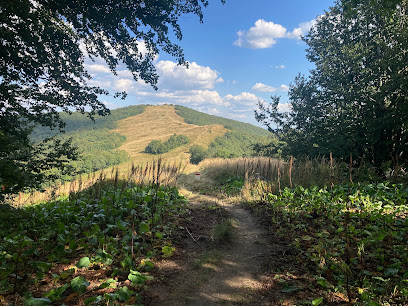
Grófske chyžky pri rybníku.
Discover the serene beauty of Grófske Chyžky, a hidden gem in Zboj offering tranquility, nature, and local charm by the picturesque pond.
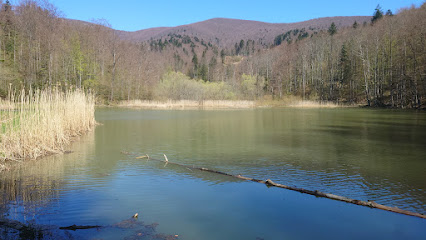
Pamätník padlým z 1. svetovej vojny
Explore the serene Memorial Park in Runina, a tribute to World War I, surrounded by nature and history, perfect for reflection and remembrance.
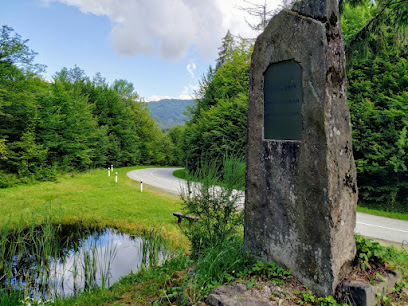
Essential places to dine
Slovak Pub
Discover the rich flavors and traditions of Slovakia at Slovak Pub in Bratislava - where every meal tells a story.

Bratislava Flagship
Experience authentic Slovakian cuisine at Bratislava Flagship - where tradition meets taste in a vibrant setting.
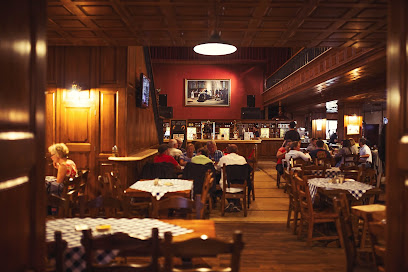
Schronisko PTTK Trzy Korony
Experience breathtaking views and authentic Polish cuisine at Schronisko PTTK Trzy Korony - your perfect mountain retreat.
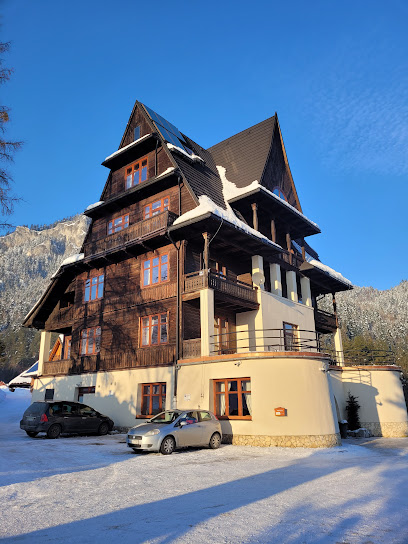
UFO
Experience fine dining at its best while enjoying breathtaking views of Bratislava from the iconic UFO Restaurant atop SNP Bridge.
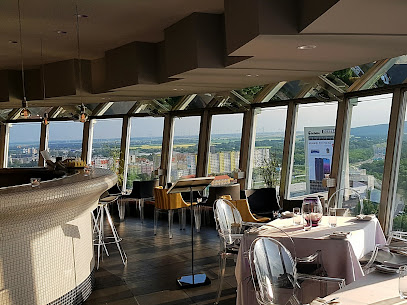
Gatto Matto Panská
Experience authentic Italian and seafood dishes at Gatto Matto Panská in Old Town Staré Mesto—where culinary passion meets exceptional dining.
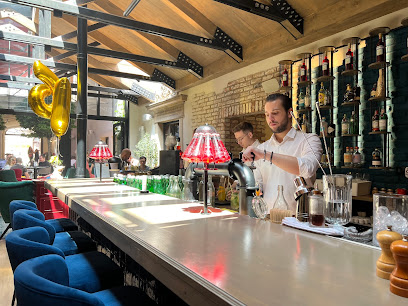
FABRIKA the beer pub
Discover FABRIKA the beer pub in Old Town - where craft beer meets delicious food in a lively atmosphere.
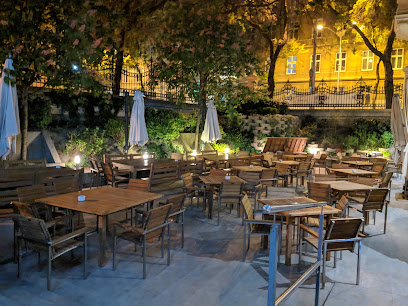
Reštaurácia Divný Janko
Discover delightful Slovak cuisine at Reštaurácia Divný Janko in Old Town – where tradition meets modern taste.
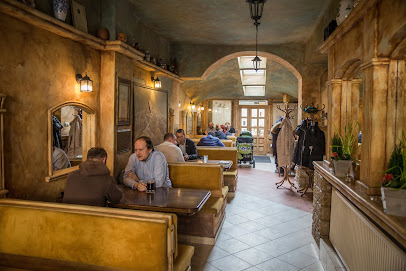
Koliba Kamzík Zelená
Discover authentic Slovak cuisine at Koliba Kamzík Zelená in Bratislava – where tradition meets flavor in a cozy family-friendly setting.

Radisson Blu Carlton Hotel, Bratislava
Discover unmatched elegance at Radisson Blu Carlton Hotel in Bratislava - where luxury meets historical charm.
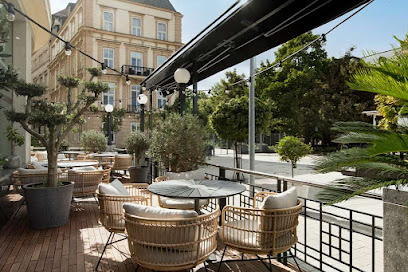
Restaurant BOHEMA - Willa Marta
Experience authentic Polish cuisine at Restaurant BOHEMA - Willa Marta in Szczawnica, where tradition meets delightful dining.
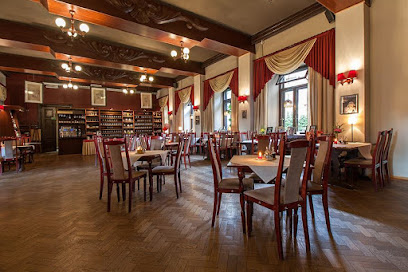
Lemontree & Sky Bar Restaurant Bratislava
Discover culinary excellence at Lemontree & Sky Bar in Bratislava—where modern European cuisine meets breathtaking skyline views.
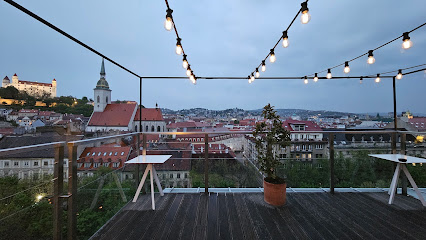
Karczma „U Walusia”
Discover authentic Polish cuisine at Karczma „U Walusia”, where tradition meets warm hospitality in scenic Krościenko nad Dunajcem.
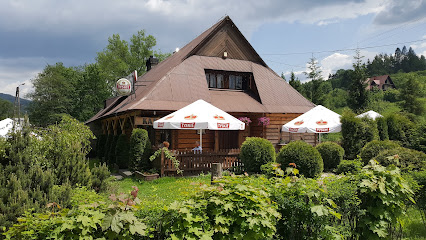
Dunaj Brewery & Hotel
Discover Dunaj Brewery & Hotel - where craft beer meets comfort along the beautiful Danube River in Bratislava-Petržalka.
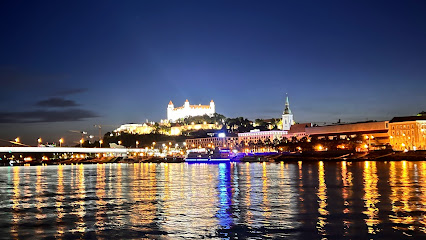
Restaurant and brewery Lanius
Experience the best of Slovak cuisine and craft beer at Restaurant and Brewery Lanius in Trenčín - where tradition meets taste.
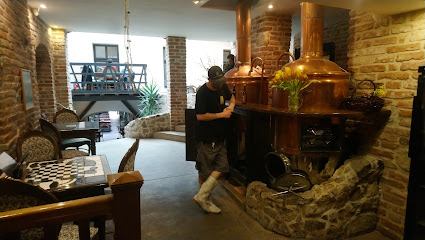
Furkotka
Discover Furkotka: A charming guest house offering cozy accommodations and exquisite local cuisine amidst Slovakia's majestic High Tatras.

Markets, malls and hidden boutiques
Poloniny National Park
Explore the breathtaking landscapes and rich biodiversity of Poloniny National Park, a haven for hikers and nature lovers in Slovakia.
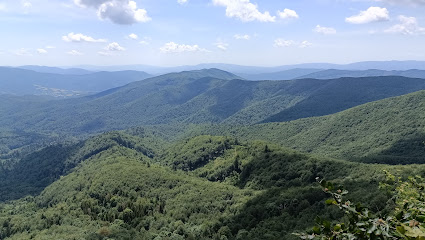
GVP P002
Explore the unique offerings at GVP P002, a charming store in Stakčín, where local culture meets delightful shopping experiences.
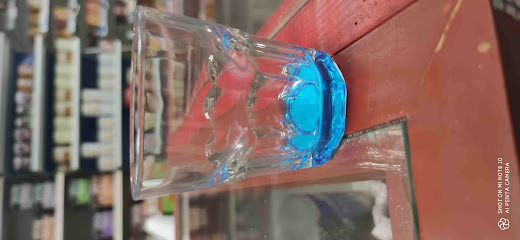
Galeria Powidok i Bieszczadzka Pracownia Ikon
Discover the enchanting world of handmade icons and local crafts in the heart of the Bieszczady Mountains at Galeria Powidok.
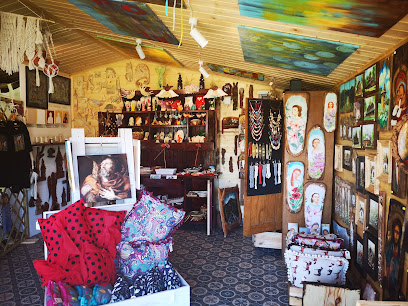
Coop Jednota
Explore the authentic Slovak culture and local products at Coop Jednota in Ulič, a charming store for every traveler.
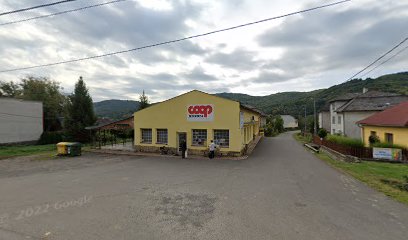
GVP Potraviny
Explore the flavors of Slovakia at GVP Potraviny, your go-to grocery store in Ulič for local produce and delightful snacks.
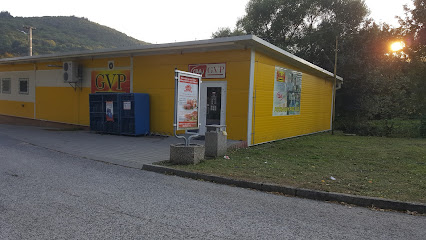
Sklep z pamiątkami
Explore a charming souvenir store in Cisna, Poland, offering authentic local crafts, gifts, and keepsakes from the heart of the Bieszczady Mountains.
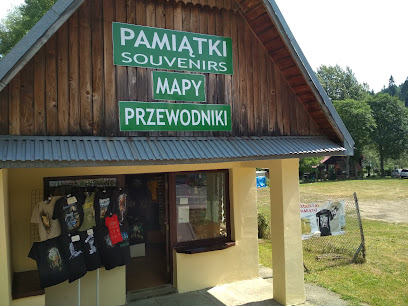
Pepco
Explore Pepco in Snina for unbeatable prices on stylish clothing and essential home goods, perfect for every savvy shopper.

COOP Jednota
Discover the local flavors of Slovakia at COOP Jednota in Klenová, your go-to grocery store for fresh produce and regional specialties.
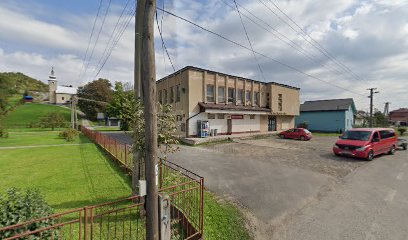
NiečoEXTRA
Explore the charm of Slovakia with unique gifts and souvenirs at NiečoEXTRA in Snina, a must-visit for every traveler.
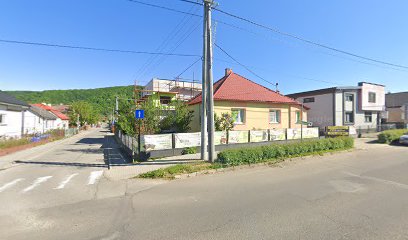
ČURHOVÁ EVA
Explore ČURHOVÁ EVA in Uličské Krivé for an exceptional selection of Slovak cosmetics and beauty treasures that embody local charm.
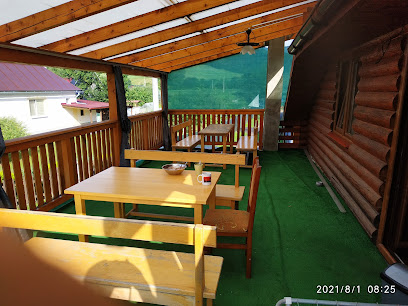
tlacsnina
Explore the artistry and quality printing at Tlacsnina Print Shop, a local gem for creative minds and memorable souvenirs.

Eko - Komár Eugen
Discover unique fashion and sustainable styles at Eko - Komár Eugen in Kolonica, where local charm meets contemporary design.

POTRAVINY ESO PLUS
Explore local flavors and fresh produce at POTRAVINY ESO PLUS, a charming grocery store in Nová Sedlica, perfect for every traveler.
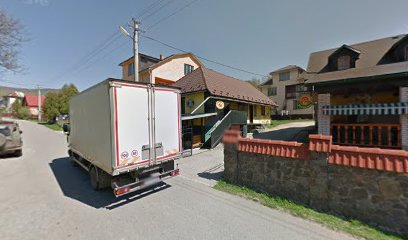
Darčeková taška
Explore the charm of Snina through unique gifts and local treasures at Darčeková Taška, offering handmade crafts and delightful souvenirs.
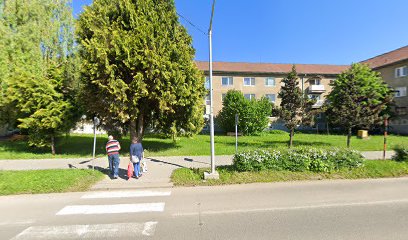
Trendymania s.r.o.
Discover the latest fashion trends at Trendymania s.r.o., Snina's premier clothing store offering stylish apparel for every occasion.
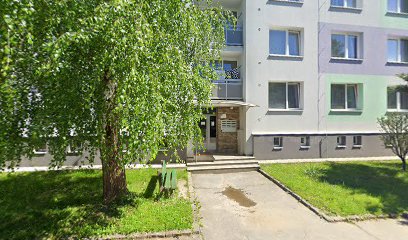
Essential bars & hidden hideouts
Baza ludzi z mgły
Discover the charming Baza ludzi z mgły in Wetlina – where local flavors and stunning views combine for an unforgettable experience.
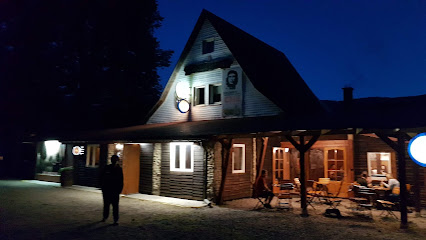
Bar Na Stawach
Discover the tranquil charm of Bar Na Stawach in Krzywe, a perfect blend of local drinks and scenic views.

Reštaurácia a Penzión Kremenec
Discover the authentic flavors of Slovakia at Reštaurácia a Penzión Kremenec, where traditional cuisine meets warm hospitality in a picturesque setting.
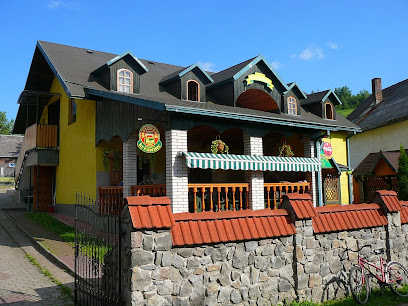
Capri bar Snina
Discover the vibrant Capri Bar Snina, where creative cocktails meet cozy coffee in a lively atmosphere perfect for relaxation and socializing.
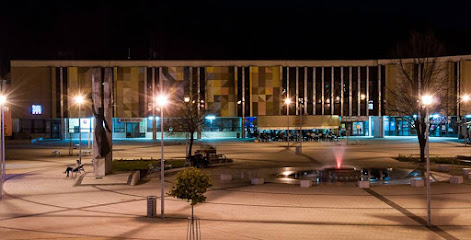
Formula bar
Discover the lively Formula Bar in Snina, where great drinks meet a welcoming atmosphere, perfect for tourists looking to unwind.
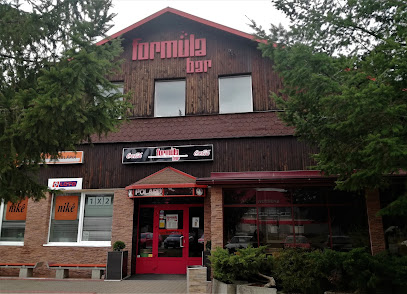
Bar nad Stawem KRYWY POTOK
Discover the charm of Bar nad Stawem KRYWY POTOK, where grilled delights meet beautiful lakeside views in the heart of Poland.
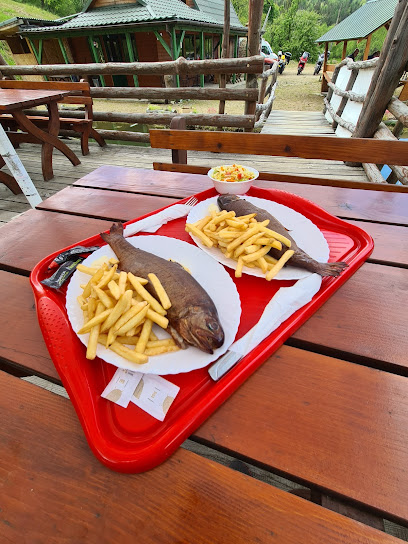
The Crazy BAR-P 12
Experience the electrifying nightlife at The Crazy BAR-P 12 in Humenné, featuring live music, disco vibes, and unforgettable karaoke nights.
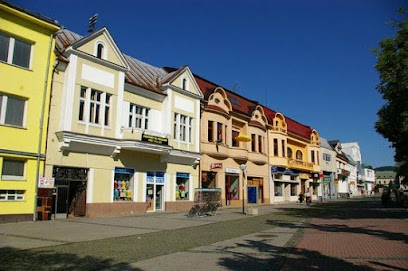
Krčma U Borisa
Experience the flavors of Slovakia at Krčma U Borisa, a charming pub in Osadné offering traditional dishes and local brews in a welcoming atmosphere.
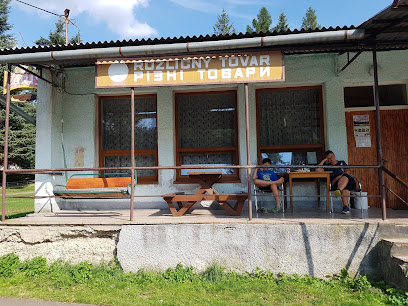
Krčma Runina
Discover the charm of Slovak culture at Krčma Runina, where traditional hospitality meets local flavors in a cozy bar atmosphere.
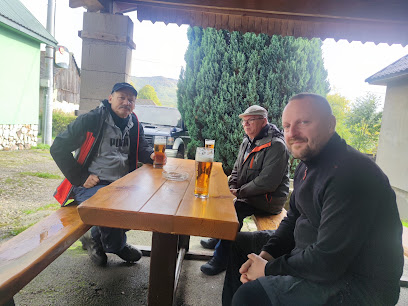
Krcma Kolonica
Discover the charm of Krcma Kolonica, a cozy bar in Kolonica offering local drinks and a warm atmosphere for an unforgettable experience.
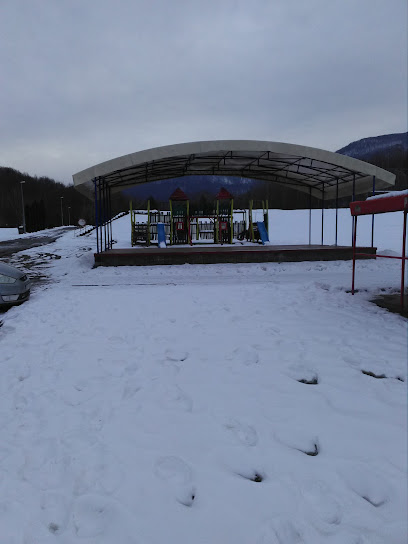
Reštaurácia Poloniny
Experience authentic Slovak cuisine at Reštaurácia Poloniny, where local flavors meet warm hospitality in the heart of Ulič.
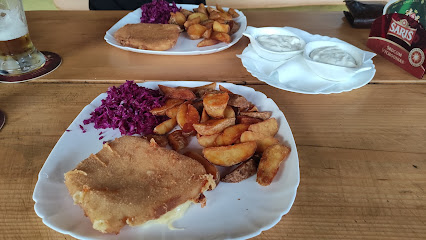
Pohostinstvo Ubľanka
Discover the charm of Pohostinstvo Ubľanka, a cozy bar in Ubľa, where local flavors and hospitality await every visitor.
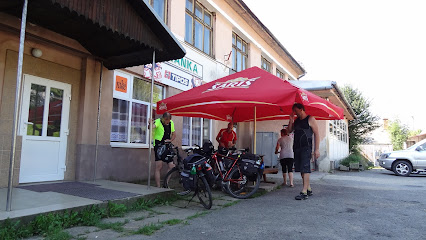
ArtClub
Discover the vibrant nightlife of Snina at ArtClub, where great drinks and a friendly atmosphere await you.
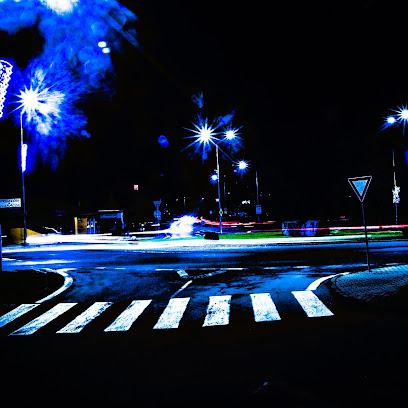
Kaca Pub Kamenica
Discover the charm of Kamenica nad Cirochou at Kaca Pub, where local culture meets a cozy atmosphere and refreshing drinks.
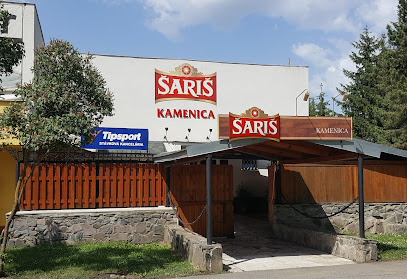
Bar pod Okom
Experience the essence of Slovak hospitality at Bar pod Okom in Remetské Hámre, where local flavors and a warm atmosphere await.

Local Phrases about Poloniny National Park
-
- HelloAhoj
[ahoy] - GoodbyeDovidenia
[doh-vee-de-nyah] - YesÁno
[ah-no] - NoNie
[nye] - Please/You're welcomeProsím
[pro-seem] - Thank youĎakujem
[dyah-koo-yem] - Excuse me/SorryPrepáčte
[pre-pahch-te] - How are you?Ako sa máš?
[ah-ko sa mahsh] - Fine. And you?Dobre. A ty?
[doh-bre. ah tee] - Do you speak English?Hovoríte po anglicky?
[ho-vo-ree-teh poh ahn-gleet-skee] - I don't understandNerozumiem
[neh-roh-zoo-myem]
- HelloAhoj
-
- I'd like to see the menu, pleaseChcel by som vidieť jedálny lístok, prosím
[kh-tsel bee som vee-dyeht ye-dahl-nee lees-tohk pro-seem] - I don't eat meatNemám rád mäso
[neh-mahm raad mah-soh] - Cheers!Na zdravie!
[nah zdrah-vee-eh] - I would like to pay, pleaseChcel by som zaplatiť, prosím
[kh-tsel bee som zah-plah-teet pro-seem]
- I'd like to see the menu, pleaseChcel by som vidieť jedálny lístok, prosím
-
- Help!Pomoc!
[poh-mohts] - Go away!Choď preč!
[khohd prech] - Call the Police!Volajte políciu!
[voh-lah-yteh po-lee-tsyoo] - Call a doctor!Volajte doktora!
[voh-lah-yteh dohk-toh-rah] - I'm lostZablúdil som
[zah-bloo-deel sohm] - I'm illSom chorý
[sohm khor-y]
- Help!Pomoc!
-
- I'd like to buy...Chcel by som kúpiť...
[kh-tsel bee som koo-peet] - I'm just lookingLen sa pozerám
[len sa poh-zeh-rahm] - How much is it?Koľko to stojí?
[kohl-koh toh stoh-yee] - That's too expensiveTo je príliš drahé
[toh yeh pree-leesh dra-heh] - Can you lower the price?Môžete znížiť cenu?
[moh-zheh-teh znee-zheet tseh-noo]
- I'd like to buy...Chcel by som kúpiť...
-
- What time is it?Koľko je hodín?
[kohl-koh yeh hoh-deen] - It's one o'clockJe jedna hodina
[yeh yehd-nah hoh-dee-nah] - Half past (10)Polovičná (desať)
[po-lo-veech-nah deh-saht] - MorningRáno
[rah-noh] - AfternoonPopoludní
[poh-poh-loo-dnee] - EveningVečer
[veh-chehr] - YesterdayVčera
[vche-ra] - TodayDnes
[dnes] - TomorrowZajtra
[zai-tra] - 1Jedna
[yehd-nah] - 2Dve
[dveh] - 3Tri
[tree] - 4Štyri
[shtee-ree] - 5Päť
[paht] - 6Šesť
[shest] - 7Sedem
[seh-dem] - 8Osem
[oh-sehm] - 9Deviat
[deh-vyat] - 10Desať
[deh-saht]
- What time is it?Koľko je hodín?
-
- Where's a/the...?Kde je...
[kdeh yeh] - What's the address?Aká je adresa?
[ah-kah yeh ah-dreh-sah] - Can you show me (on the map)?Môžete mi ukázať (na mape)?
[moh-zheh-teh mee oo-kah-zah-t na mah-peh] - When's the next (bus)?Kedy je ďalší (autobus)?
[keh-dee yeh dyahl-shee ow-toh-boos] - A ticket (to ....)Jedno lístok (do ...)
[yehd-no lees-tohk doh]
- Where's a/the...?Kde je...
History of Poloniny National Park
-
Poloniny National Park is home to some of the oldest and most pristine beech forests in Europe. These primeval forests, part of the UNESCO World Heritage List since 2007, have remained largely untouched for centuries. They provide a glimpse into the natural history of the region, showcasing ecosystems that have developed without significant human intervention. The park's forests are a living museum of biodiversity, with trees that have stood for over 200 years.
-
Established in 1993, the Poloniny National Park is part of the larger Carpathian Biosphere Reserve, which spans several countries in Eastern Europe. This reserve aims to protect the unique natural and cultural heritage of the Carpathian region. The park's location at the border with Poland and Ukraine makes it a crucial area for transboundary conservation efforts, ensuring the protection of migratory species and maintaining ecological corridors.
-
The region of Poloniny has been inhabited since the medieval period, primarily by the Rusyn people, also known as Ruthenians. These Eastern Slavic inhabitants have left a lasting cultural imprint on the area, evident in the traditional wooden churches and vernacular architecture scattered throughout the park. These historic structures, such as the Church of St. Michael the Archangel in Topoľa, date back to the 17th and 18th centuries and are now part of Slovakia's national cultural monuments.
-
During World War II, the dense forests of Poloniny served as a refuge for partisans and resistance fighters. The region's rugged terrain provided ideal cover for guerrilla warfare against occupying forces. Remnants of these wartime activities, including hidden bunkers and memorials, can still be found within the park. These historical sites offer a poignant reminder of the area's strategic importance and the resilience of its inhabitants during times of conflict.
-
The cultural landscape of Poloniny National Park has been shaped by centuries of traditional pastoralism, particularly influenced by the Vlach people who migrated through the Carpathians. The Vlachs were known for their sheep herding practices and seasonal transhumance, which involved moving livestock between mountain pastures in the summer and lower elevations in the winter. This way of life has left an indelible mark on the region, with picturesque meadows and shepherd huts dotting the landscape.
Poloniny National Park Essentials
-
Poloniny National Park is located in the northeastern part of Slovakia, near the borders with Poland and Ukraine. The nearest major city is Košice, which has an international airport (Košice International Airport). From Košice, you can take a train or a bus to the town of Snina, which is the gateway to the park. The journey by train or bus takes about 2-3 hours. From Snina, local buses or taxis can take you directly into the park.
-
Within Poloniny National Park, the best way to get around is by hiking or cycling, as much of the park is only accessible via trails. For longer distances, renting a car in Snina or Košice is a convenient option, especially if you plan to explore the surrounding areas. Keep in mind that public transport within the park is limited, so having your own vehicle can provide more flexibility.
-
The official currency in Slovakia is the Euro (EUR). While credit cards are widely accepted in larger establishments in cities like Košice, it is advisable to carry cash when visiting Poloniny National Park, especially in smaller villages and local shops. ATMs are available in Snina, but they are scarce within the park itself, so it is wise to withdraw sufficient cash before entering the park.
-
Poloniny National Park is generally a safe destination for tourists. However, it is always advisable to take standard precautions. Avoid hiking alone in remote areas, especially if you are unfamiliar with the terrain. Keep your belongings secure and be aware of your surroundings. There are no specific high-crime areas targeting tourists in the park, but it is always best to stay vigilant.
-
In case of emergency, dial 112 for immediate assistance, which is the general emergency number in Slovakia. The nearest medical facilities are located in Snina. It is recommended to have travel insurance that covers medical emergencies. For minor health issues, there are pharmacies in Snina where you can purchase over-the-counter medications. Always inform someone about your hiking plans and expected return time.
-
Fashion: Do dress in layers and wear sturdy hiking boots, as weather conditions can change rapidly. Don't wear impractical footwear. Religion: Do respect local customs and traditions. When visiting churches or religious sites, dress modestly. Public Transport: Do use public transport where available. Don't be late, as schedules are often strictly followed. Greetings: Do greet people with a friendly 'Dobrý deň' (Good day). A handshake is also appropriate. Eating & Drinking: Do try local delicacies and traditional Slovak dishes. Don't refuse hospitality, as it is considered impolite.
-
To experience Poloniny National Park like a local, visit the quaint villages within the park, such as Nova Sedlica and Ulič. Engage with locals, who are often friendly and willing to share stories about the area's history and culture. Don't miss the chance to explore ancient beech forests, which are UNESCO World Heritage Sites. For a unique experience, attend local festivals or events, where you can enjoy traditional music, dance, and cuisine.
Nearby Cities to Poloniny National Park
-
Things To Do in Mukachevo
-
Things To Do in Prešov
-
Things To Do in Košice
-
Things To Do in Rzeszow
-
Things To Do in Nyiregyhaza
-
Things To Do in Satu Mare
-
Things To Do in Lviv
-
Things To Do in Tarnow
-
Things To Do in Poprad
-
Things To Do in Miskolc
-
Things To Do in Ivano-Frankivsk
-
Things To Do in Baia Mare
-
Things To Do in Debrecen
-
Things To Do in Zakopane
-
Things To Do in Eger





